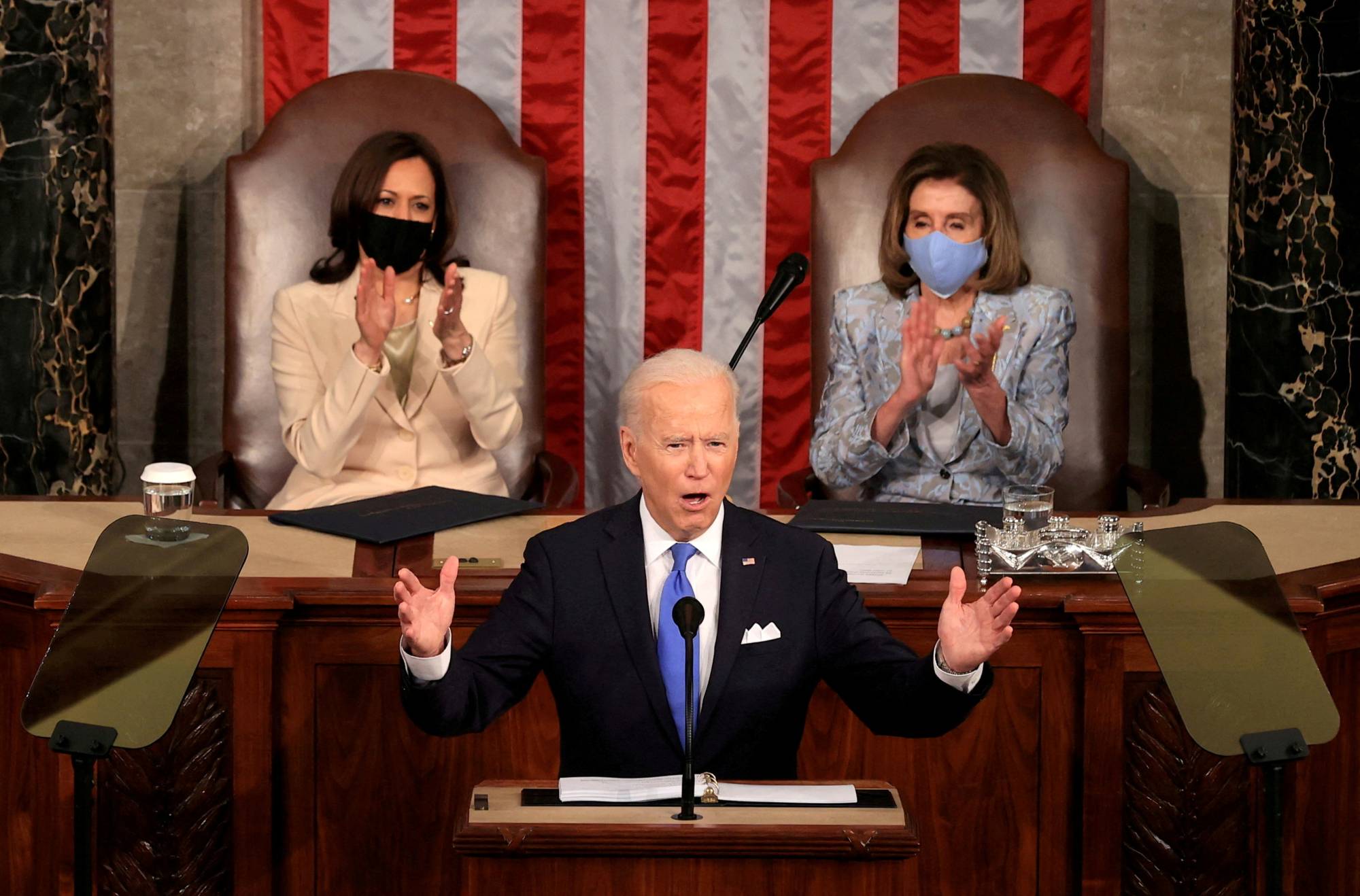Opinion polls show that Americans are gloomy about the current state of the economy, which 68% rate negatively. Not surprisingly, President Joe Biden and his fellow Democrats are focusing on the good news — a low unemployment rate and improved household balance sheets — rather than on the biggest weak spot: inflation.
Averaging below 2% for a dozen years, inflation wasn’t much discussed until the recent surge to 7.5% over the past year. Proximate causes include supply-chain disruptions and worker shortages, combined with massive monetary and fiscal stimulus. The latter continued even as the economy neared full employment. Biden’s March 2021 American Rescue Plan was twice the size of the projected output gap for the next two years and now Democrats are rightly worried that surging inflation will hurt them in the midterm congressional elections this November — and possibly even in the 2024 presidential election.
Several decades ago, economist Arthur Okun proposed the “Misery Index” as a simple measure of the state of the economy. Reflecting the sum of the inflation and unemployment rates, it made intuitive sense and it aligned with the U.S. Federal Reserve’s “dual mandate” to pursue both price stability and maximum employment. Historically, the Misery Index seems to be correlated with electoral outcomes, with the party in power penalized when the index is high and rewarded when it is low.


















With your current subscription plan you can comment on stories. However, before writing your first comment, please create a display name in the Profile section of your subscriber account page.